Use this checklist if you work in or near heat.
|
Question about risk |
Why this is important |
|
Is the environment hot or is there fire at the workplace? |
This contributes to incidents such as heat-related illness and burns. |
|
Are days and nights hotter than usual? |
A heatwave can make it harder to sleep and workers may become fatigued. |
|
Is it humid? |
High humidity makes it harder for the body to cool itself. |
|
Do people work during the hot part of the day or year? |
Scheduling work at certain times can increase or decrease risk. |
|
How often can workers take breaks somewhere cool? |
Working in heat for long periods of time is very dangerous. |
|
Is there air movement or a breeze? |
This can help cool workers. |
|
Is the work intense or long? |
The harder the body is working the more heat it needs to lose. |
|
Are workers physically fit and acclimatised? |
Fit and acclimatised workers can generally tolerate heat better. |
|
Do workers wear hot clothing (including PPE)? |
Some clothing can prevent air from circulating or sweat from evaporating. |
|
Are the workers qualified, trained and experienced? |
Experienced workers may be more efficient and use less energy for the same work. They may also be more aware of the hazards, health effects and controls. |
|
Do workers have medical conditions? |
Some conditions and medications can make workers less able to cope with heat. |
|
Is there cool drinking water or electrolyte drinks on hand? |
Dehydration can be dangerous and contributes to heat-related illness. |
